COVID-19 Affects People Differently Based On Where They Are
I’ve been interviewing folks on the mySidewalk leadership team about how they’re viewing COVID-19 through a disaster recovery lens. I learned from our CEO, Stephen Hardy, that disaster recovery 101 begins by accepting that you can’t put things back to how they were before. Your goal isn’t how it used to be; your goal is finding a new and better normal.
This week, Stephen and I met with our VP of Health Solutions, Dr. Sarah Martin, to discuss her perspective on managing a disaster like COVID-19. We talked about the relationship between COVID-19 and social determinants of health. About the social conditions that shape – and are shaped by – the fallout of the disease.
Dr. Martin is a former Public Health Officer. She served as the Deputy Director for the Kansas City, Missouri Health Department. Dr. Martin also worked as a Research Investigator and the University of California, San Francisco, a Policy Analyst with the Alameda County Health Department in Oakland, California, and a Professor of Health Services Research at the University of Missouri in Kansas City. In addition to being seasoned and brilliant, she’s also highly entertaining. Here are the key takeaways I walked away with, plus a short video from our discussion.
The Power of Place
Social and economic drivers of health are “The foundation for life.” Dr. Martin said. “It’s about the right to have a good living, being able to go to a good school and get where you need to go. It's about standard human rights issues.”
The current health crisis has forced this conversation, pressing the importance of health equity issues. Suddenly, people understand Public Health in a new way. As Dr. Martin put it:
“[The] Social determinants of health are not a health or healthcare issue. It’s an everybody-issue.”
Dr. Martin said most people don’t understand the complexity of healthy behavior. It's easy to oversimplify why people make poor food choices. But the reality is, it's complicated, and the environment matters. Your home, neighborhood, and zip code all have an impact on your quality of life, including the opportunities you’ll get, resources you can access, and choices you’ll make.
She described it like this: “I have a 5-pound bag of gummy bears sitting 10 feet away from me. So the likelihood that I’ll eat a handful is very high, given the environment that I’m in.”
In other words, context impacts people's behaviors – this is the power of place.
Doing something, or not doing something, is largely a result of someone's environment. The subsequent action, or inaction, then becomes a habit. The problem is when people attribute these habits to being a “cultural” problem, especially if bias, like racial bias, is already at play.
People may have already known that environment mattered before COVID-19 pushed Public Health into dinner table discussions. But because of COVID-19, they understand it in a much more personal way. No matter where you live or how much money you make, your situation has changed. You’re stuck at home, and you have to wear a mask to the grocery store. These environmental factors have changed your behavior, and therefore your quality of life.
This virus has shown us that resilience and disaster recovery are not random. We can see how COVID-19 affects people differently because of where they are.
For example, mySidewalk recently partnered with the KC Coalition for Digital Inclusion and Lean Labs to highlight Kansas City’s digital disparity. It’s a timely and critical issue during COVID-19 quarantine. Access to digital opportunities to learn and connect with others isn’t distributed equally. The digital inequities across census tracts and council districts are striking. In our hometown, communities of color are the least likely to have computers and internet.
Talking about social determinants of health is all well and good, but seeing the inequity communicates its importance in a way that nothing else can. When you see a map like this, it’s evident that place matters.
And by mapping key indicators to specific areas, you can see who is most vulnerable, allowing you to build an equity-centered response plan.
What Has Changed: the Bad News and the Good News
COVID-19 has altered our concept of safety forever. We will tell our grandchildren about what it was like to be alive in 2020. Because the world has changed, our structures must evolve too.
At mySidewalk, we hope public health funding will become more equitable. As Dr. Martin put it, “Too often, money and policy go where people are loudest, not necessarily where people need it most. Funding formulas calculated solely on population size aren’t equitable.” It’s one reason the recent CARES Act was so inadequate.
The bad news is, if you’re working in a Public Health department, it’s never been harder to do your job. When the virus first broke out, fear was based mainly around the immediate concern of not getting sick. But now, Dr. Martin said, there’s not just fear, there’s also public mistrust. Every day there are new stories of Public Health officials resigning because of pressure, pushback, even threats.
As COVID-19 drags on, people are increasingly wary, and even hostile, towards the government and Public Health departments. One look at social media confirms that conspiracy theories and misplaced anger abound.
For those of you who don’t work in Public Health, we need to remember that our leaders are in tough, even impossible situations right now. As Dr. Martin put it, “They have to make hard decisions where someone will lose.”
And for those of you who are working on a Public Health team, remember, communication and transparency should be your absolute top priority. Be open and diligent in building healthy communities, and establishing trust with the public at a local level.
The good news for you Public Health Officers, is you’ve never had a bigger platform. COVID-19 has given you more authority than ever, and it’s your time to shine. As Stephen said during our conversation:
“The best data analysts in public service are in health departments. They’re a really powerful resource that can have an outsized impact across the city. Their influence is much clearer than it was before COVID.
“We’re seeing data literacy increase. We’re seeing how much Public Health departments have a fundamental leadership role to play in post-COVID-19 local government, and in the way that communities use data.”
Public Health Officers, you are in the spotlight. Yes, this means you’re taking a lot of heat. We stand with you as you courageously continue to do amazing work in the face of adversity. But it also means you have a captive audience – what do you want to say, and how can we help you say it?
Find out how mySidewalk is helping communities get the data they need to recover forward and rebuild stronger than before. Learn more about how we empower public health teams here.
Share this
You May Also Like
These Related Stories
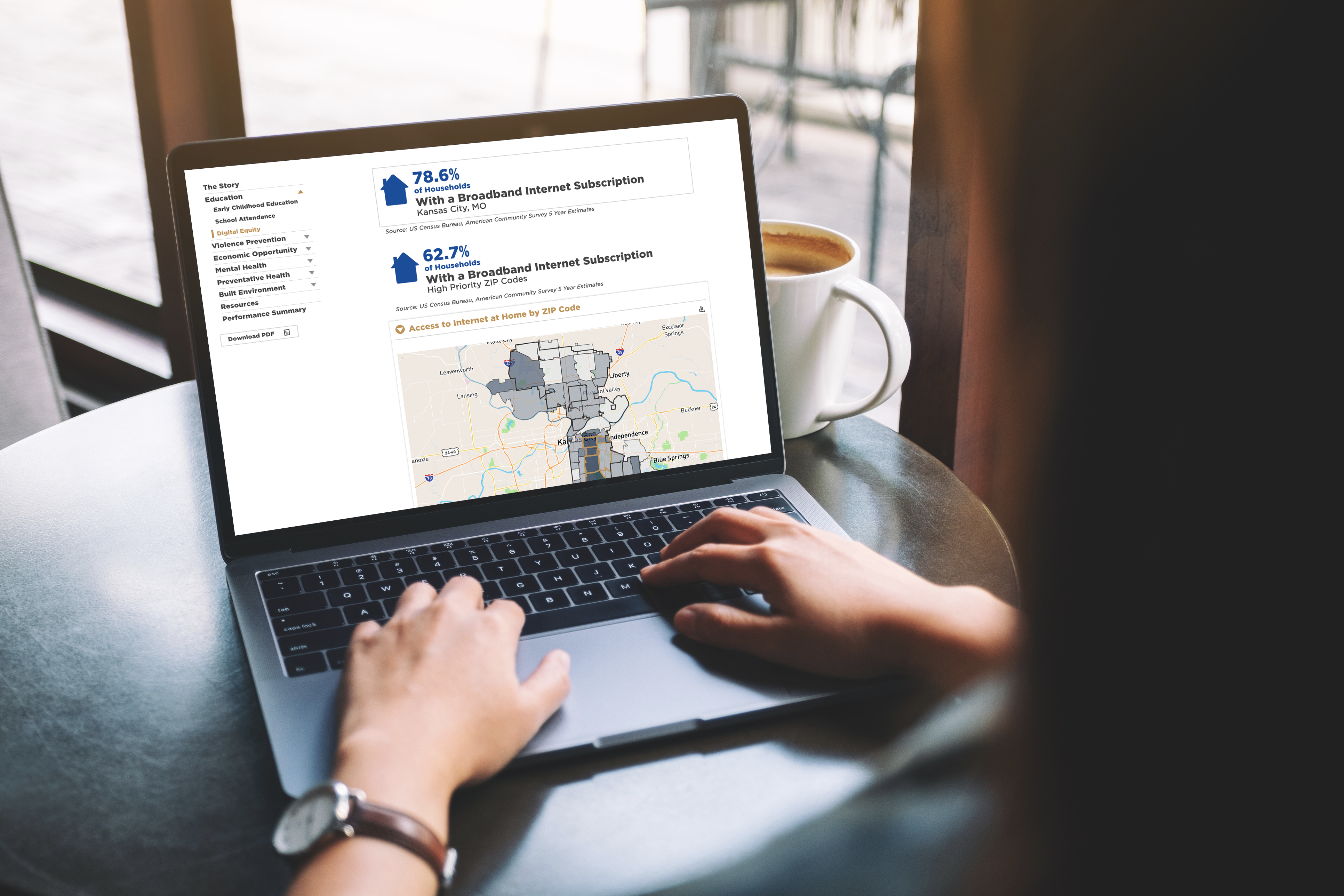
2 SDoH Reports Every Public Health Director Needs
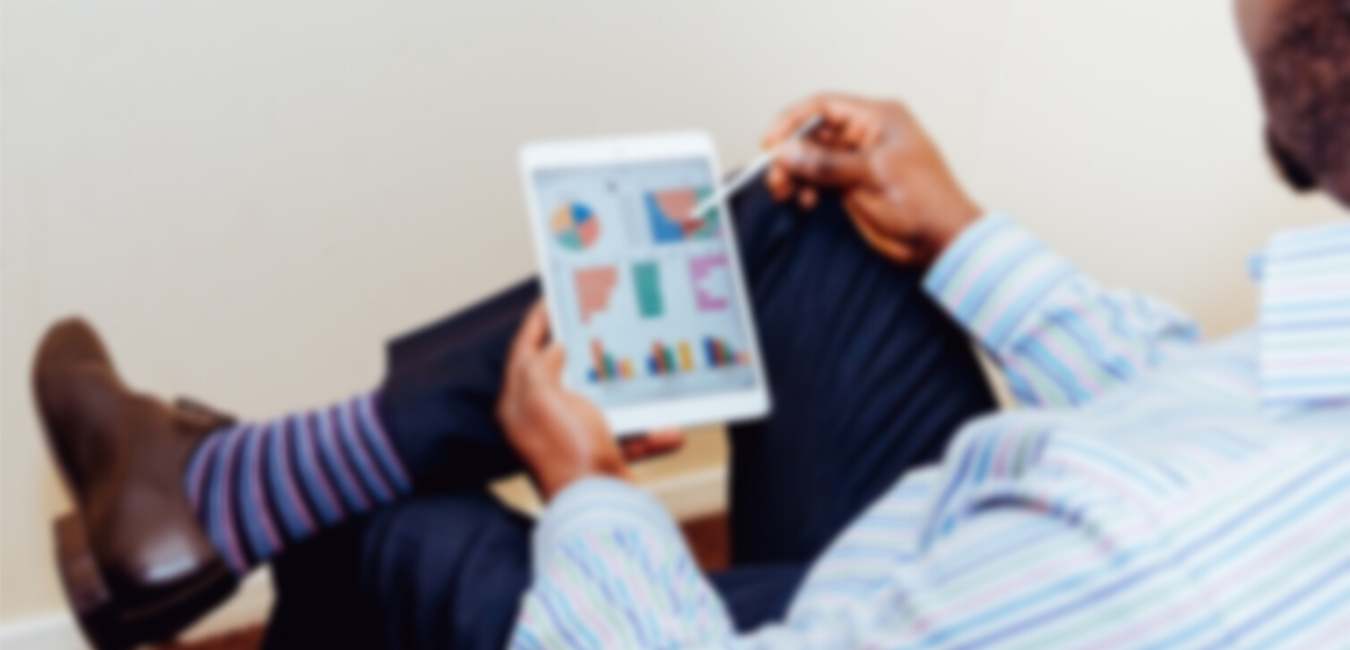
Can You Answer These 5 Questions About Your Community Health Data?
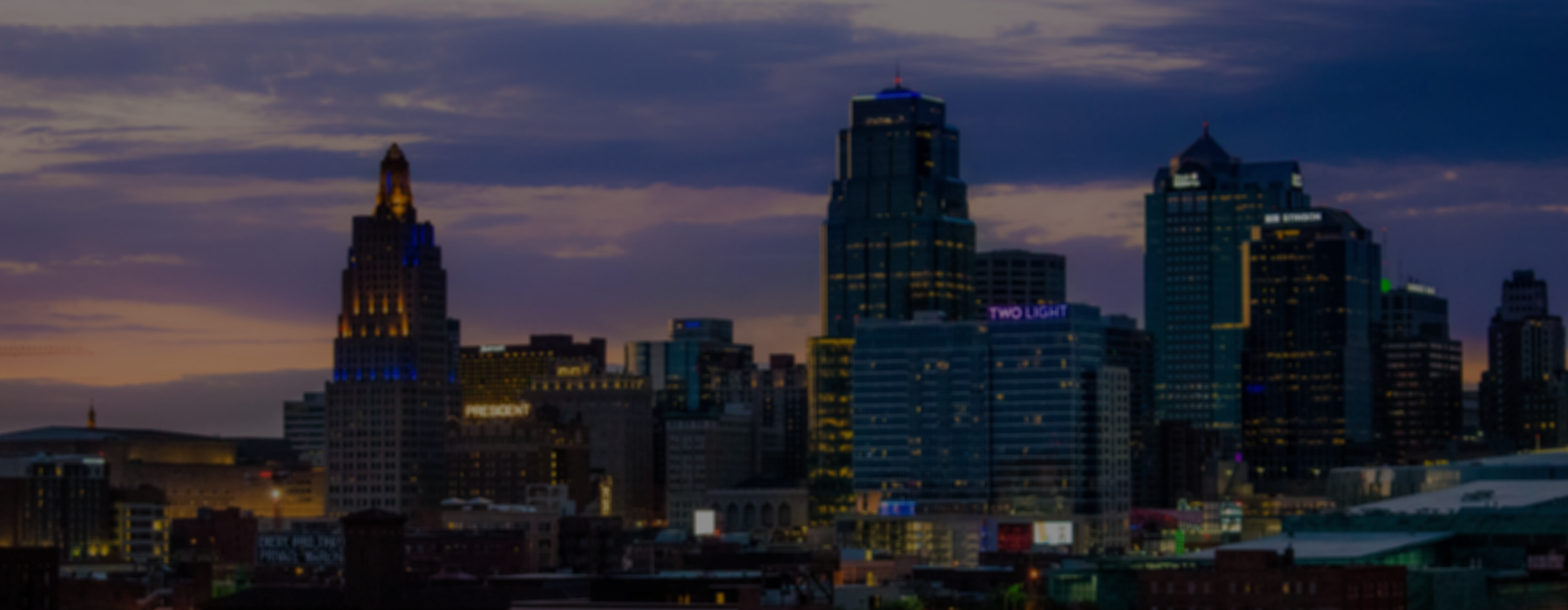

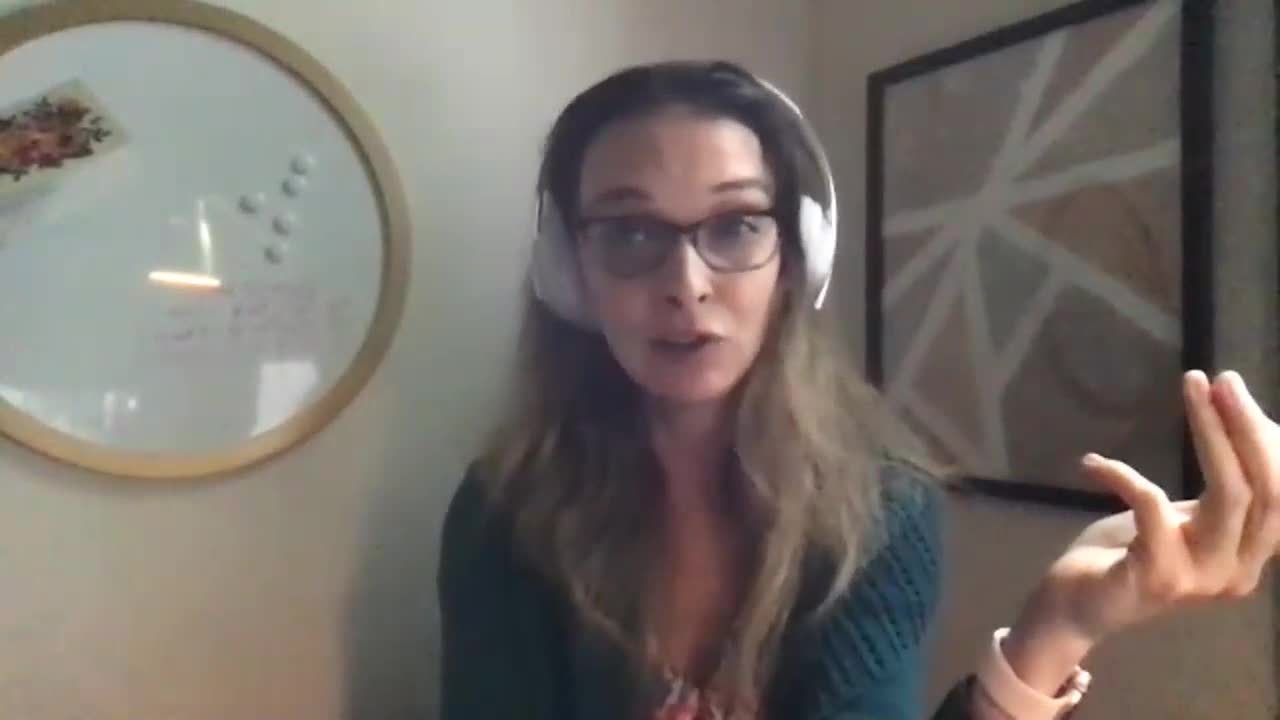
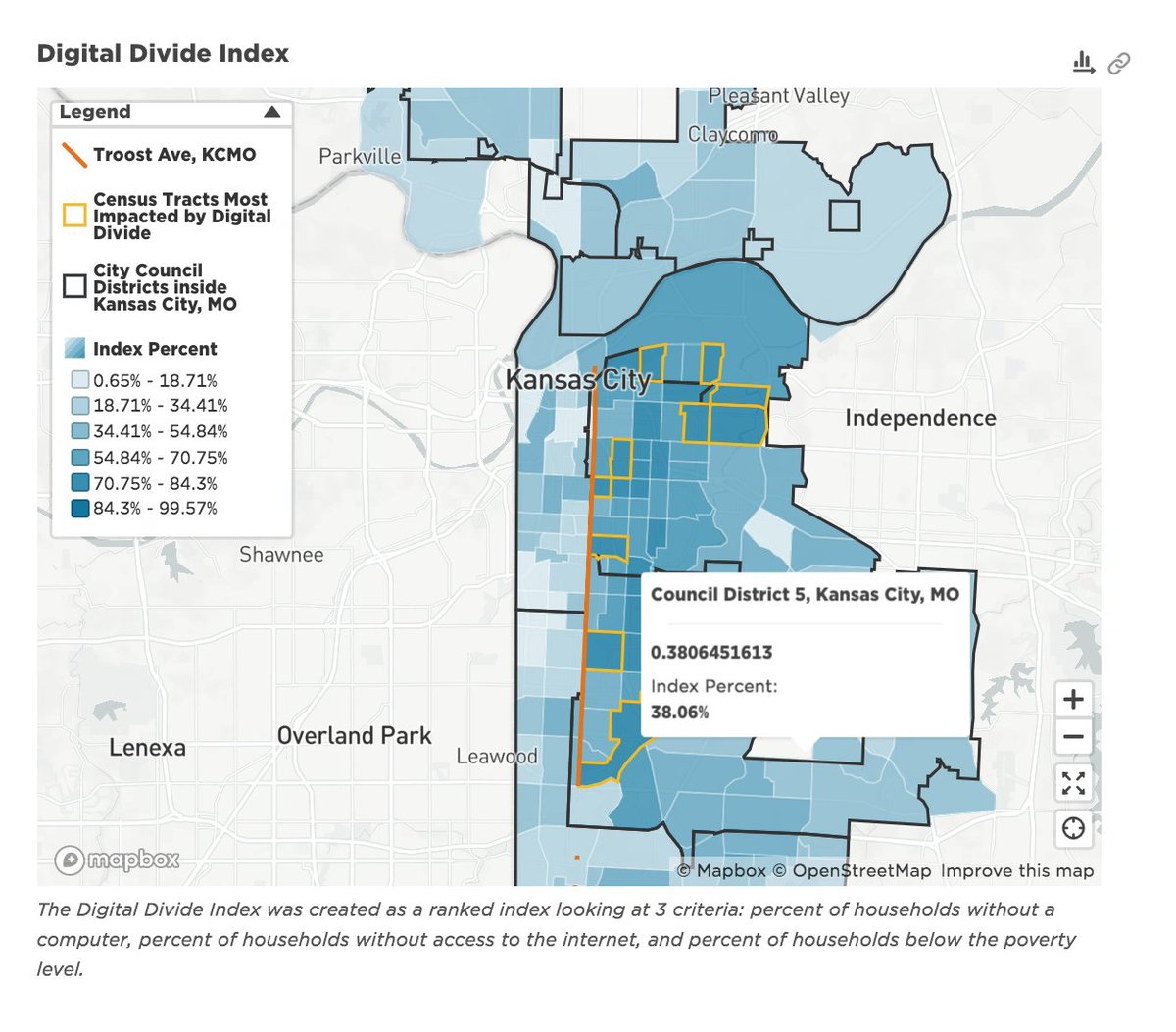
No Comments Yet
Let us know what you think